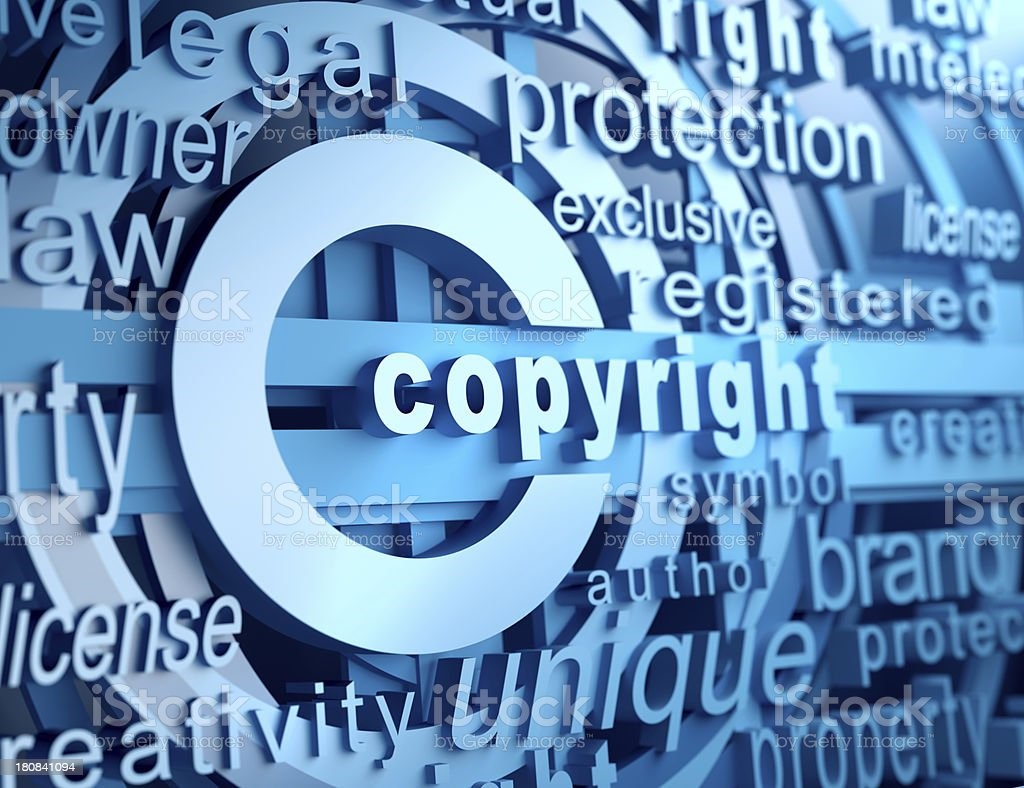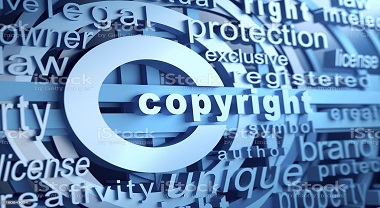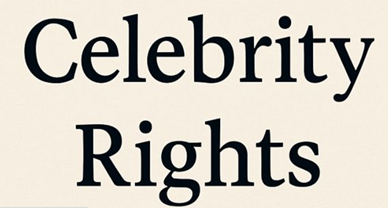Copyright And Its Regulations In India
Copyright safeguards works made by a genuine creator in a variety of genres, including literary, musical, theatrical, and artistic works. There is, however, a procedure that must be followed in order to the registration of copyright for all such works. For the owner of the copyright, registration is crucial since it is a precautionary and strategic measure done to protect the content’s future and other associated aspects from any potential legal problems.

HOW LONG DOES COPYRIGHT LAST FOR?
Copyright is generally valid for 60 years. The 60-year term begins the year after the author’s death in the case of original literary, theatrical, musical, and artistic works. The 60-year period begins on the date of publication of cinematograph films, sound recordings, pictures, posthumous publications, anonymous and pseudonymous publications, works of government, and works of international organizations. It does not continue in perpetuity.
TYPES OF COPYRIGHT
Copyright is a type of intellectual property right that protects the authentic work produced in areas of various arts. Under article 13 of the Copyright Act of 1957 such areas include:
- Literary work– The distinct creation of any work related to literature. They may be books of any sort- technical, novels, a work of fiction, research papers, articles, blogs including computer programs, and computer databases.
- Musical works-Musical works denote a musical piece that includes any pictorial notation but excludes any words or actions that are intended to be sung, spoken, or performed with music. The ‘composer’ is the author of the copyright in relation to ‘musical works’. To make a sound recording, the author needs to take permission from the composer of musical works. The work must be written down in order to get registration of copyright.
- Dramatic works– Dramatic works refer to the representation or enactment of a certain plot in form of dramatics. They may include a play, recitation, acting based on a book, choreographed movements, etc.
- Artistic works-They refer to any uniquely created art interpretations which include paintings, sculptures, cartoons, graphics, drawings, diagrams, maps, and charts.
- Architectural works– Architectural works means the constructive models of a building, its designs and artistic character, etc. They do not specify the method of construction.
- Cinematograph films– Cinematograph shall be interpreted as embracing any work generated by any process equivalent to cinematography, including video films, and includes a sound recording accompanying such visual recording.
- Sound recordings– Any work of sound recording, regardless of its storage medium, is considered a Sound Recording. Sound recordings include songs that contain singers’ voices with or without music, recorded speeches or sounds, and podcasts. If the sound recording also includes music, permission from the composer of the musical piece is required for the sound recording’s Copyright protection.
According to Section 13(3), copyright shall subsist neither on any cinematograph film whose substantial part has been infringed nor on any infringed literary, dramatic, musical, or artistic work.
ELIGIBILITY CRITERIA OF COPYRIGHT HOLDER
Any person who claims to be the original author of the subject can get copyright registered. If a person has licensed their ownership to a licensee, the latter can also be a copyright holder. There is no age limit for a copyright proprietor.
REGISTRATION PROCESS
Under section 45 of the act, concerned proprietors can obtain copyright for their work by filling the Form IV – Application for Registration of Copyright accompanied with the prescribed fee to the Registrar of Copyrights.
- Filing Of Application– The first step of the registration procedure is to apply for an application. The application is sent to the DD or the IPO with all the prerequisite requirements as well as the prescribed fee concerning the respective category of the work.
- Issuance of Diary Number– After the application is filed, a diary number will be issued to the applicant.
- Waiting Period– A time window of 30 days is mandated for the applicant to analyze the emergence of any opposition.
- If an objection is not raised– If an objection does not arise against the copyright, it further is taken to an examiner for scrutinization to examine whether it satisfies the statutory requirements laid down under the Act and the rules.
- If an objection is raised– In case any opposition is faced by the respective copyright, an objection is filed letters are sent to both the objector and the applicant. A reply from both is awaited and when received, a hearing a held by the registrar. The discrepancies are then sorted which leads to the application being rejected/ accepted.
– If rejected, then an application rejected is sent to the applicant.
– If accepted, the objections are then rejected and the application further goes to the Copyright Examiner.
- Scrutiny by Examiner– The examiner then analyzes the application to see whether it complies with the Act’s and rules’ statutory requirements
- If a discrepancy is found– A discrepancy letter is sent to the applicant, who in turn has to send a reply to the letter. Afterward, a hearing is held by the registrar which holds to resolve the discrepancies.
- If no discrepancy is found– The application then is sent to check for the final approval.
- Approval of registration– After the resolution of discrepancies if any, the application finally is sent for the ultimate check of approval.
- If the registration is approved– The extracts are sent from the registrar to the applicant.
- If the registration is rejected– A rejection letter is sent to the applicant.
As the preceding procedures demonstrated, registration is dependent on the registrar. The applicant acquires the copyright and can lawfully exercise all rights that come with being the owner of that copyright once everything with the registrar is cleared.
Registration gives a sanction of legally established copyright and a lot of legal benefits. However, it is not mentioned in the copyright act that registration is mandatory for an action to be taken in case of infringement. It is better, if possible, to get the registration done as a measure of precaution.
Recently, in the case of Sanjay Soya Private Limited vs Narayani Trading Company, Justice G S Patel, the Learned Single Judge of the Bombay High Court (Court), held that copyright registration is not mandatory in a judgment dated March 9, 2021. In doing so, the Decision reversed the court’s decision in Dhiraj Dharamdas Dewani vs Sonal Info Systems Pvt Ltd and Others which was often utilized by infringers to undermine copyright owners’ rights.
CONCLUSION– The Copyright Act 1957 has instituted a vast number of the types of works an individual can get a copyright for. In my opinion, even though the registration process might be time-consuming, it is always a mark of an astute and vigilant proprietor to make sure their work is safe from the harm-causing process of copyright infringement. To get additional legal benefits and perks along with protection, registration should be considered an essential step while broadcasting your content to the public.
Author: Gurveen Kaur – a intern at IP And Legal Filings, in case of any queries please write back us via email at support@ipandlegalfilings.com.



